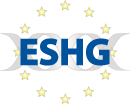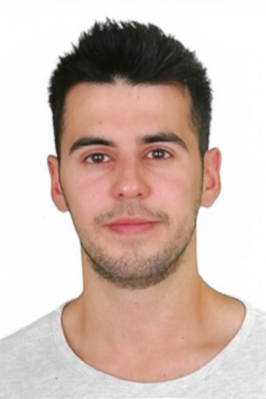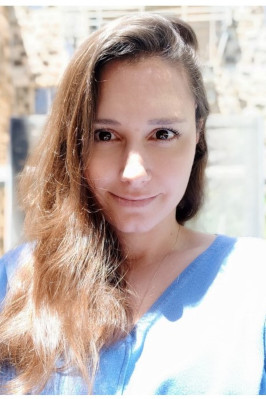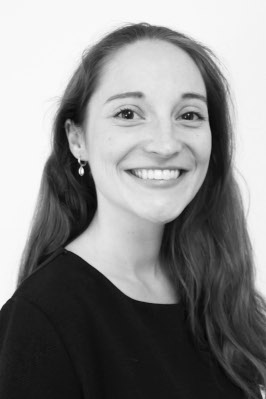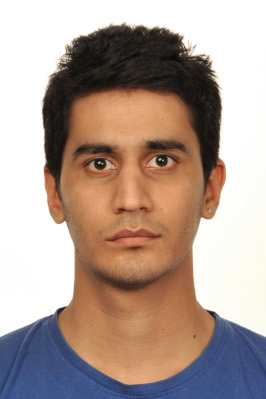The ESHG is proud to announce this year’s winners:
Young Investigator Poster Awards, Honorary mentions:
– Mariël Teunissen, NL
– Hila Fridman, IL
– Elena Bernabeu, UK
– Shuang Li, NL
– Paria Torbati, IR
– Best Poster in Basic Research: Anouk Verboven, NL
– Best Poster in Clinical Research: Sabrina Mechaussier, FR
Congratulations!
The ESHG proposes the ESHG Poster Awards for the best posters presented by Early Career Investigators at the meeting. The two winners (one in clinical, the other in basic research) will receive prize money of EUR 500, a complementary ESHG online membership for one year as well as a free particpation in next year’s conference.
The five honorable mentions receive a complementary ESHG online membership for one year.
The ESHG Scientific Programme Committee has selected a number of candidates for the ESHG Poster Award based on the score of their submission after peer review. The Early Career Award Poster Candidates can be identified by a rossette in the e-Poster page on the virtual conference platform.
The nominee is the first author (i.e. presenting author) of the presented abstract, pre- or post-doctoral (not more than 4 years after PhD/MD).
We have asked the candidates to answer the following questions:
- Q1: Date and city of birth
- Q2: What is your current position?
- Q3: Why did you choose a career in genetics?
- Q4: What is so interesting about the research you are presenting at ESHG 2021?
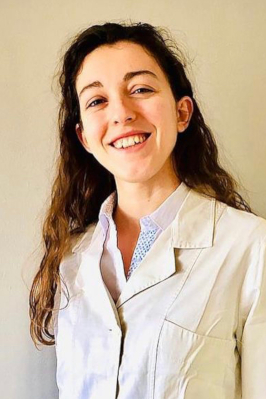
June 19, 1987 – Carpi, MO, Italy
Q2:
PhD Student
Q3:
Clinical research on human genetics allows the translation of basic scientific knowledge into patient care, which represents the most advanced and exciting frontier of precision medicine. The enormous scientific and human potential of this job enriches me every day.
Q4:
Beckwith Wiedemann spectrum (BWSp) is a paradigmatic example of overgrowth disorder due to disturbed imprinting. The prevalence of BWSp is increased in children born from assisted reproductive technology (ART). Our study challenges the hypothesis that this increased prevalence is uniquely due to defect in methylation establishment secondary to ART itself or to the underlying infertility and suggests that other complex mechanisms, yet to be discovered, may underlie the increased prevalence of BWSp in children born from ART.
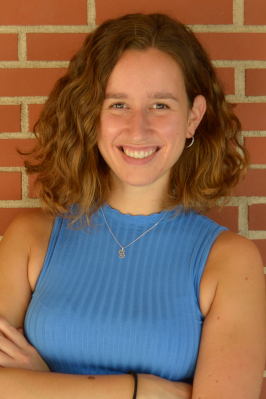
1993/05/30; Blanes, Girona, Spain.
Q2:
PhD student in Molecular Human Genetics
Q3:
Since I started my degree in Biomedical Sciences I have been especially interested in understanding the pathophysiologic mechanisms of disease. Some years after I started to focus my efforts on learning more about genetic diseases.
Q4:
I will present some data on functional studies we have been performing to test the pathogenicity of disease-causing variants associated with Schaaf-Yang syndrome and better understand the molecular mechanisms underlying this ultra-rare neurodevelopmental disorder.
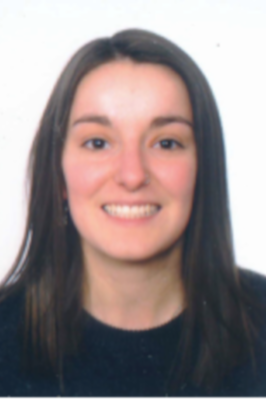
19th November 1993, Barcelona
Q2:
I am a pre-doc with the thesis already submitted and the defence planned on May. I have spent the last 4 years and half doing research on the field of Autism Spectrum Disorder. In April, I will be starting as a specialist in NGS analysis at Vall d’Hebron Hospital.
Q3:
I think it’s fascinating that by analysing our DNA we can access so much information about a person, specially in the field of clinical genetics. But, what I really enjoy, is to think that we are able to help people and families by detecting genetic mutations that can have an impact on their lifes.
Q4:
We are presenting transcriptomic analyses in four different cell types derived from patients with Williams-Beuren syndrome and 7q11.23 microduplication syndrome. The study of the brain is still limited in our scientific community, so it is a good approach to overcome these limitations and studying the neurons allow us to be a step closer in these disorders.
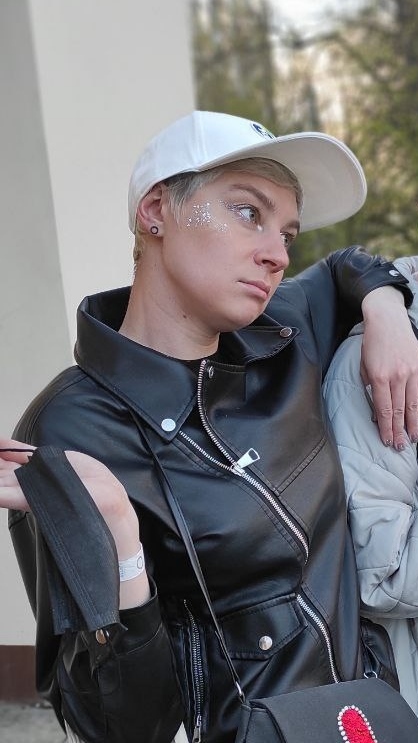
22.04.1989 Velikie Luki, Russia
Q2:
PhD Student
Q3:
To paraphrase Stephen Hawking: “We are just an advanced breed of monkeys on a minor planet of a very average star. But we can understand ourselves”.
Q4:
I worked on it, I failed and finally got the result. It is fantastic)
But seriously, our minigene expression system can be used to assess the effect of any variants in PAX6 gene on pre-mRNA splicing and to reclassify misclassified variants located in databases.
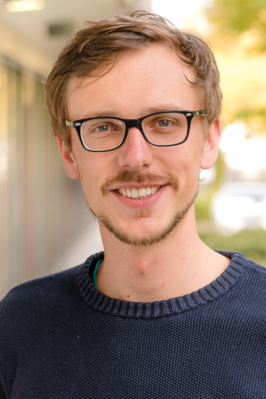
June 17, 1988, Lüdenscheid, Germany
Q2:
Resident physician in pediatrics, postdoctoral fellow
Q3:
Genetics combines clinical observation of our patients and their families with molecular analysis. Understanding the genetic basis and translating knowledge to the bedside is complex and challenging – but it is absolutely fascinating. Therefore, I decided to work as a pediatrician and to pursue genetic research on congenital malformations.
Q4:
Our observation expand the phenotypic spectrum of SHROOM4 variants that have been previously linked to a neurodevelopmental phenotype. We identified X-linked variants in SHROOM4 in patients with VACTERL-association. Our functional data from zebrafish studies revealed a broader role of SHROOM4 in early development.
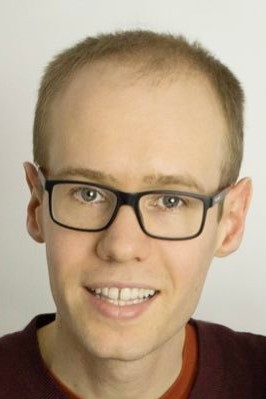
28/11/1984 London
Q2:
Wellcome GW4-CAT PhD fellow
Honorary Registrar in Clinical Genetics
Q3:
I believe genetics is the field of medicine where cutting-edge clinical and basic science currently has the greatest impact on patients themselves. The transformation in genomic research in the last decade has been exciting and working in this field as an academic clinician is deeply rewarding.
Q4:
At this years ESHG you will no doubt see many excellent papers adding to the number of disease-gene associations. However, the scientific method suggests that over time papers with additional data should challenge some of these. Our paper is one of very few such papers, providing new data to refute the association, between SCN9A and monogenic epilepsy in humans, with immediate, significant impacts for patients worldwide.
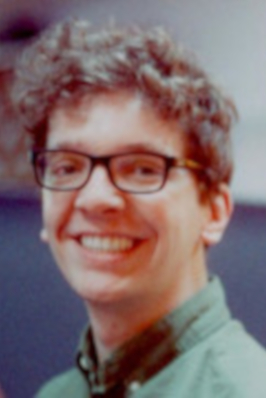
13 November 1992, Spijkenisse, The Netherlands
Q2:
PhD Candidate
Q3:
Because we saw huge opportunities for machine learning in genetics. It is a relatively new and a very exciting field with rapid developments and with much to do and to discover.
Q4:
It is an neural network that predicts a disease or a trait using both methylation and gene expression, combining multiple omics in a single analysis. Neural networks are powerful and by using biological knowledge we were able to make an interpretable neural network that gives clarity about which genes and which omic types are important for prediction.
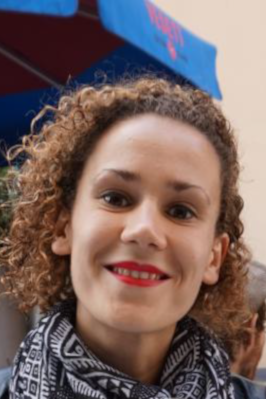
03-01-1991, Venlo
Q2:
Clinician (Department of Clinical Genetics)
Q3:
I chose a career in genetics because as a clinician, I want to understand the origin of health and disease and I am intrigued by the advances in the field of genetics, as well as the ethical and societal implications of these new discoveries.
Q4:
The research I am presenting at the ESHG 2021 is the result of my 4-year PhD project during which I studied the role of (epi)genetic predisposition in children with Wilms tumor. We demonstrated that (epi)genetic predisposing factors are much more common than had been previously reported and identified an important role for constitutional heterozygous DIS3L2 variants.
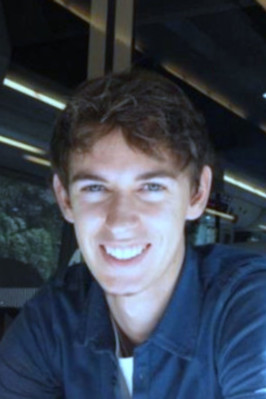
I was born on 04/03/1988 in Gap, France.
Q2:
I am Clinical Geneticist, at the National Center of Genetics, Laboratoire National de Santé, Luxembourg.
Q3:
I decided to pursue a career in medical genetics because it is the incredibly interesting alliance of clinic and research, allowing both clinical practice through consultations for rare diseases, as well as research. It is a field where you are constantly pushing the boundaries of knowledge, and that is extremely exciting.
Q4:
The research we are presenting at the conference is particularly interesting because it highlights an extremely rare genetic disorder, and helps to understand the underlying molecular and developmental mechanisms for these patients, but also in healthy people.
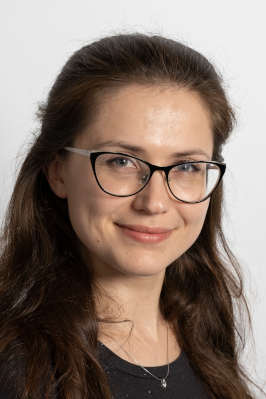
04.12.1987 Saint-Petersburg
Q2:
Postdoc at the department of Clinical genetics, Erasmus MC, Rotterdam
Q3:
Genetic information is the cornerstone of who we are and I always wanted to work on fundamental scientific questions. To me studying gene regulation and function is similar to reading an elaborate multilayered book which, if read attentively, reveals novel aspects of these complex processes.
Q4:
Our study of a cohort of 36 patients with variants in SETD1B gene provides a detailed clinical description of the SETD1B-related syndrome, which will be of high interest to clinical geneticist. The extensive network of collaborators across different disciplines allowed us to perform some interesting functional studies of SETD1B variants, starting from in silico modelling and cell-based assays to DNA methylation profiling of patients. Finally, it is important to note again the connection of variants in chromatin modifying genes like SETD1B to neurodevelopmental disorders.
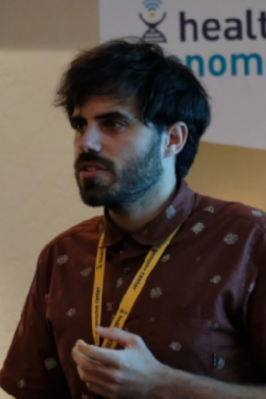
Barcelona, December 17th, 1993
Q2:
Ph.D. Student (4th year)
Q3:
Biology represents a complex molecular information system. From the genotype to the phenotype, information flows to form microorganisms, cells, tissues, and complex organisms. I think genetics aims to map this information flow and to understand how the different layers of the system are wired.
Since I started studying biology I became fascinated with this idea and today I believe this knowledge can be extremely powerful to understand and solve human diseases and disorders. From rare germline alterations to somatic disruptions in cancer tissue, all share a common element which is the disruption of the genetic information.
Q4:
The work that I present in the is focused on the characterization of somatic mutational processes in tumors. Particularly, we study local hypermutation events caused by the activity of APOBEC3 enzymes.
In this work, we describe and characterize a novel mechanism for the generation of short and diffuse clusters of mutations, named omikli from the Greek word fog. It generates approximately two-thirds of the total mutagenesis of the APOBEC3 enzymes and its origin can be linked to the activity of the DNA Mismatch Repair (MMR) pathway. Because these mutations accumulate preferentially in the early replication and gene-rich chromosomal domains they have more propensity to generate impactful mutations than other common sources of mutagenesis such as ultraviolet exposure or tobacco smoke.

27. october 1987 Vejle, Denmark
Q2:
Medical Doctor and Ph.D. student
Q3:
Through my work in the pediatric field, I have encountered multiple congenital diseases. My interest in congenital heart disease and the lack of knowledge of the etiology inspired me to do research in genetics of congenital heart disease.
Q4:
Until recently, simple congenital heart defects were considered a benign condition. Present study reveals increased mutation burden in patients with a small and insignificant atrial septal defect. The increased mutation burden may suggest a genetic cause to the recently discovered adverse outcome and preterm death among patients with atrial septal defects.
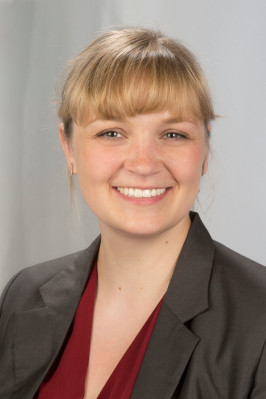
25.04.1988 in Mainz, Germany
Q2:
I am a Postdoc in the lab of Georg Rosenberger at the Institute of Human Genetics, UKE Hamburg (Germany)
Q3:
My fascination for genetics started in school when we learned about how a single change in the DNA can affect the whole body – and to this day I still enjoy working in human genetics.
Q4:
Up to date, the molecular basis for cutaneous manifestations in patients with Costello syndrome, which severely restrict the patients’ well-being and everyday life, is largely unknown. We present our findings on how dysregulation of receptor trafficking and cell adhesion are relevant in the pathology of the skin.
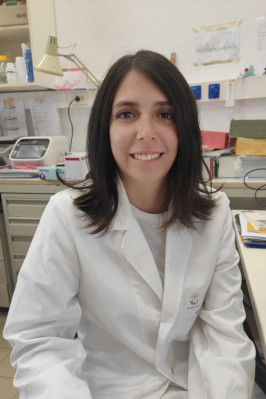
27 May 1993, Acqui Terme (Italy)
Q2:
I’m a Biologist and I’m doing a residence program in Medical Genetics
Q3:
Since I was little I found biology fascinating. I was more and more enthusiastic in genetics study from the biological evolution to the possibility to cure disease. It is a field as interesting as complicated.
Q4:
Our research is a deep retrospective analysis, we investigated from gene content to chromatin organization features. We found that in our cohort of patients double hits effect can be a relevant pathogenetic mechanism, concerning syndromic and patients implicating known neurodevelopment genes, this is very important to expand the phenotypic spectrum.
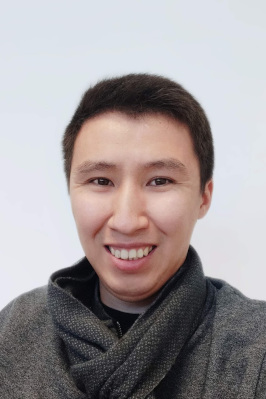
15.11.1991, Ulan-Ude, Russia
Q2:
Junior Researcher, PhD candidate at the Laboratory of glycogenomics, Institute of Cytology and Genetics, Novosibirsk, Russia
A faculty member at the Department of Cytology and Genetics at the Novosibirsk State University, Novosibirsk, Russia
Q3:
In middle school, I became of fan of math. A year before attending the university, I fault in love with molecular biology and genetics. So when the time came to choose a Master thesis project, I discovered quantitative genetics – a scientific area on the border of mathematics, genetics and computational biology. At the University I learned, that at the begging of the 21-century humankind reached one of the major goals in genetics – the human genome was sequenced. However, just having 3 billion letters was not enough to understand what they are doing. Quantitative genetics attracted me with its ability to (at least partially) uncover the way how 3 billion letters of the human genome influence our traits. I am still Inspired by genetics as a tool to study complex traits and multifactorial diseases.
Q4:
Aberrant N-glycosylation of human blood plasma proteins has been observed in many diseases and pathological states. However, little is known about the underlying mechanisms. It is due in part because in vivo regulation of the glycosylation process is not yet fully understood.
In my research, I am focusing on discovering potential regulators of the N-glycosylation process by performing the largest genome-wide association study of human blood plasma protein N-glycome composition. The blood plasma N-glycoproteins are secreted to the bloodstream by hepatocytes (liver) and plasma cells (bone marrow). This makes blood plasma N-glycome a unique object to study general and tissue-specific regulation of the N-glycosylation process. To prioritize the putative causal genes, we use a battery of in silico functional follow up analyses recruiting relevant functional genomics datasets. Finally, we incorporate the multidimensionality of N-glycome to reconstruct the possible functional relationships between found genes. Based on all the above, we suggested novel potential regulators of the N-glycosylation process. I see this story as an interesting case of how genetics may be served as a tool to study the biology of such a complex process to facilitate further studies of glycome-related diseases.
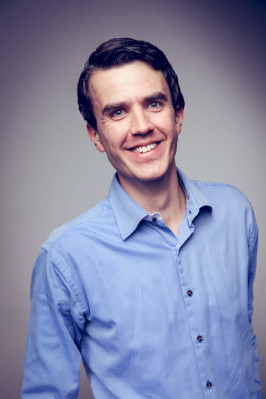
28-01-1992, Zwolle (the Netherlands)
Q2:
PhD-candidate and resident not in training in Clinical Genetics at the Radboudumc (Nijmegen, the Netherlands)
Q3:
I am fascinated by the role genetics has in the basis of life and its complexity. Every day I am surprised by new insights and mechanisms. This motivates me to provide the best care to patients with a need to be counseled on heredity and heriditary diseases.
Q4:
The presented data demonstrate that an inherited form of adult-onset hearing loss is relatively common, with potentially thousands of individuals at risk in the Netherlands and beyond, which makes it an attractive target for developing a (genetic) therapy.
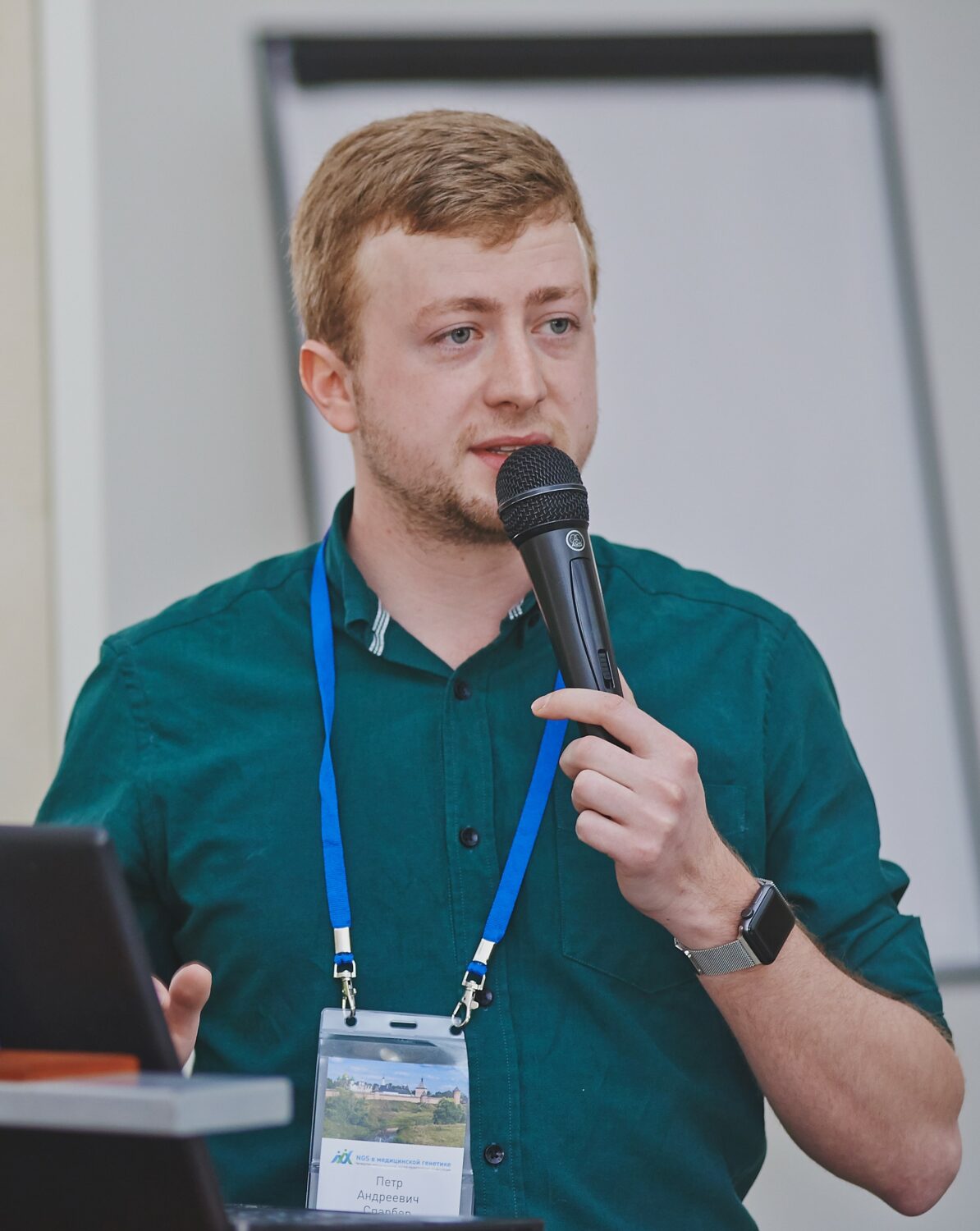
30.01.1993 Moscow, Russia
Q2:
PhD student, clinical geneticist, Research Centre for Medical Genetics, Moscow, Russia
Q3:
Genetics and especially functional genomics fascinated me since I was a student. The complexity and variety of molecular mechanism is truly remarkable. Working in the field of medical genetics gives a unique opportunity not only to contribute to the understanding of the most fundamental molecular processes of life but also help patients and families with genetic disorders to establish the correct molecular diagnosis
Q4:
Pathogenic variants in the SCN1A gene are considered the be one of the most common causes of childhood-onset epilepsies with more than 2000 variants described to date. However, only a small fraction is annotated as splice-affecting and only for a few functional validation was performed. Recent works estimate that up to 20-30% of all disease-causing variants could affect splicing. This means that splicing variants are underrepresented in current databases. In our work we develop a robust splicing assay for functional characterization of intronic and exonic variants covering all protein coding exons of the SCN1A gene. We tested 24 previously published intronic variants located outside of the canonical splice sites dinucleotides (40% of all published variants) and one novel missense variant for splicing alteration. Our results showed a variety of different splicing alterations. Interestingly, several intronic variants showed no splicing change, although being reported as pathogenic or likely pathogenic in the literature. Understanding the molecular mechanism of splice-affecting variants could improve genotype-phenotype correlations in SCN1A-associted epileptic disorders and is crucial for developing tailored therapeutic approached for patients.
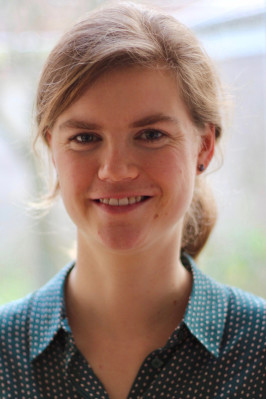
2 October 1991, Haarlem, the Netherlands
Q2:
PhD student
Q3:
For me as a medical doctor with a large interest in basic science, the field of genetics is the ideal combination of personalized patient care and in depth biology. I enjoy both working with families and in the lab, and like how genetic diagnostics and research are closely intertwined.
Q4:
I think that gaining a better understanding of the variability of genetic disease will be one of the main themes in genetics the coming years. Our study contributes to this understaning, as we performed an in depth analysis of variable expressivity for a single genetic NDD gene, CHD3. Our study highlights the importance of inheritant variants in the diagnostics for neurodevelopmental syndromes.
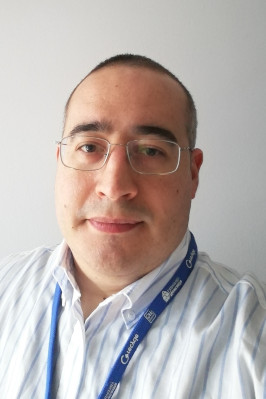
24th July 1984 – Lisboa, Portugal
Q2:
Postdoctoral Researcher at Newcastle University
Q3:
I first became interest in genetics during my undergraduate when exome sequencing was emerging and revealing new facets of the human genome. Since my PhD, I have been researching human reproduction, male infertility, and the genetics behind it. Much remains to be explored which can be very rewarding and exciting.
Q4:
The number of children born through ART is growing with the on-going trend of delayed parenthood and by being offered to couples affected by infertility. Unfortunately, the effect of ART on the number of de novo mutations and risk of disease in children conceived via ART remains under investigated.
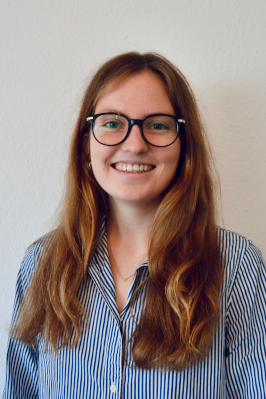
10.04.1996, Aachen, Germany
Q2:
I am a medical doctoral student at the Institute of Human Genetics at the University of Bonn.
Q3:
Since my school days, I have been particularly interested in the genetic background of diseases. As a field of research, genetics fascinates me because of the versatility of the methods used and the wide range of applications: Genetics enables the investigation of the causes of a huge range of diseases, combines laboratory and statistical calculations and is developing rapidly through the use of big data.
Q4:
I am analyzing whole genome sequencing data from over 200 CL/P case-parent trios with cleft lip and palate (CL/P), with the aim to identify potential causal de novo mutations (DNMs) in the non-coding part of the genome. Therefore I have combined the DNMs with different a priori information such as topologically associating domains, enhancers and transcription factor (TF) binding sites. One highly interesting finding was that I observed a strong overrepresentation of DNMs in binding sites of the TF Musculin. This may indicate the involvement of developing facial musculature in CL/P, which has not been demonstrated before, and I am excited to now validate these in silico findings in the laboratory.


